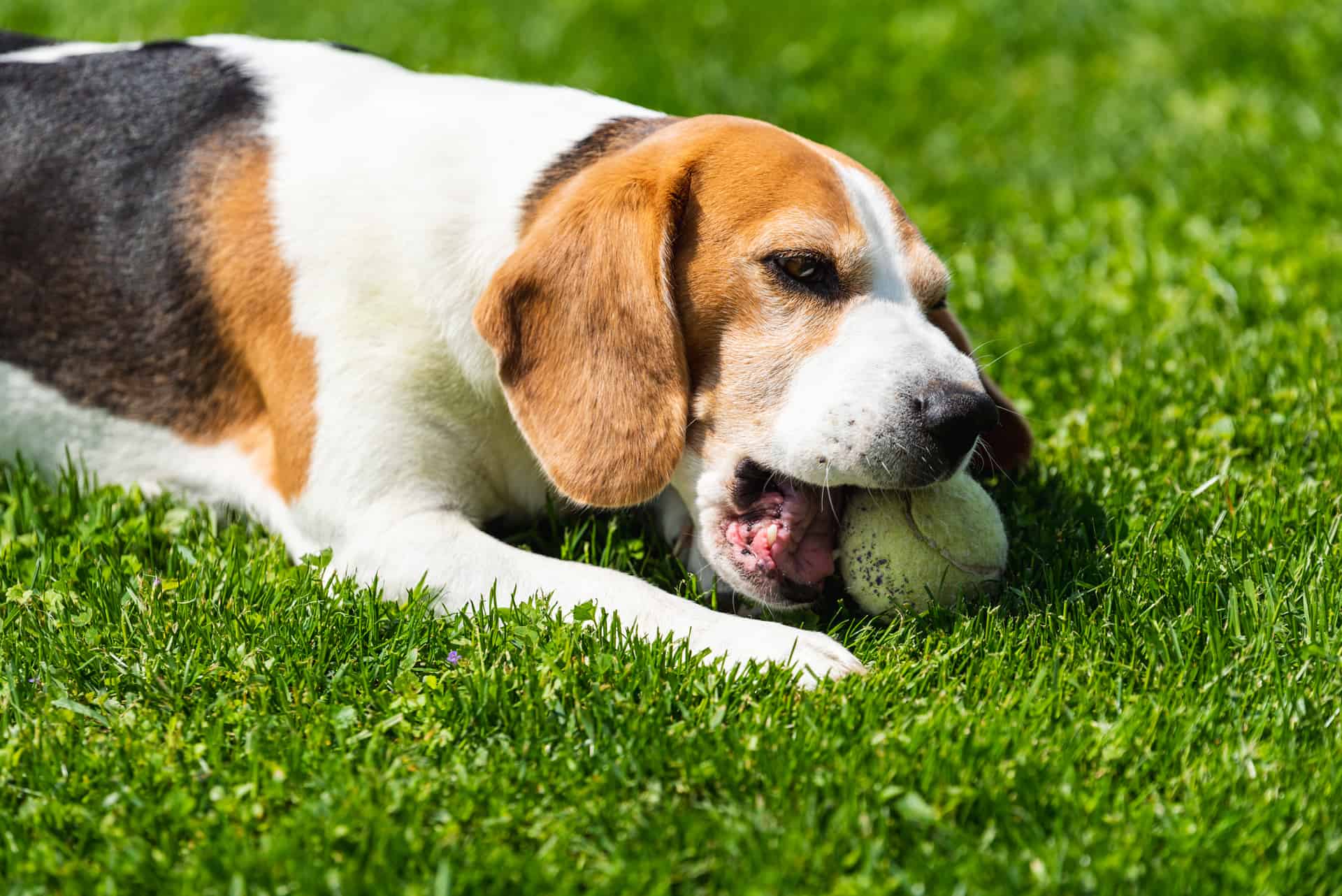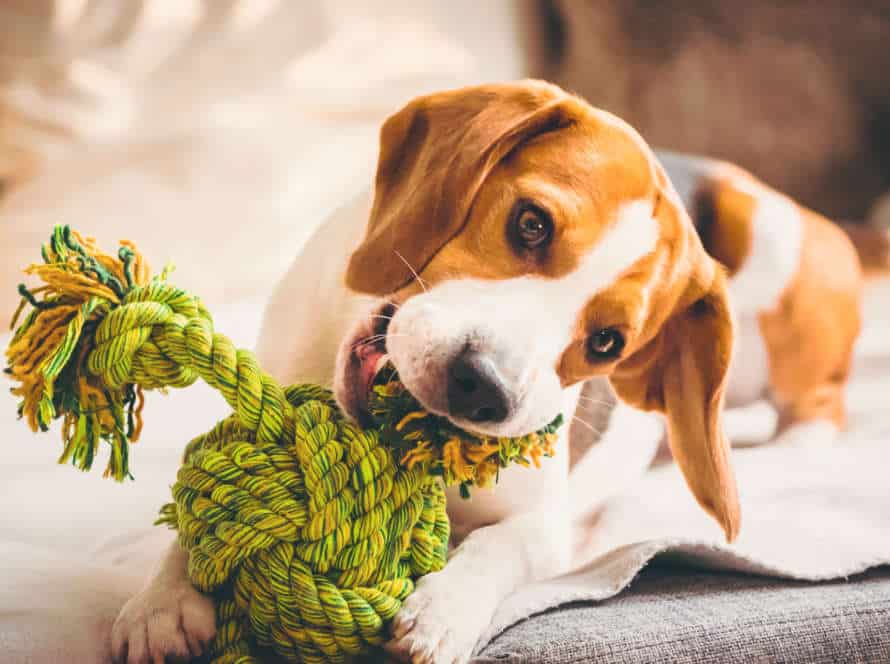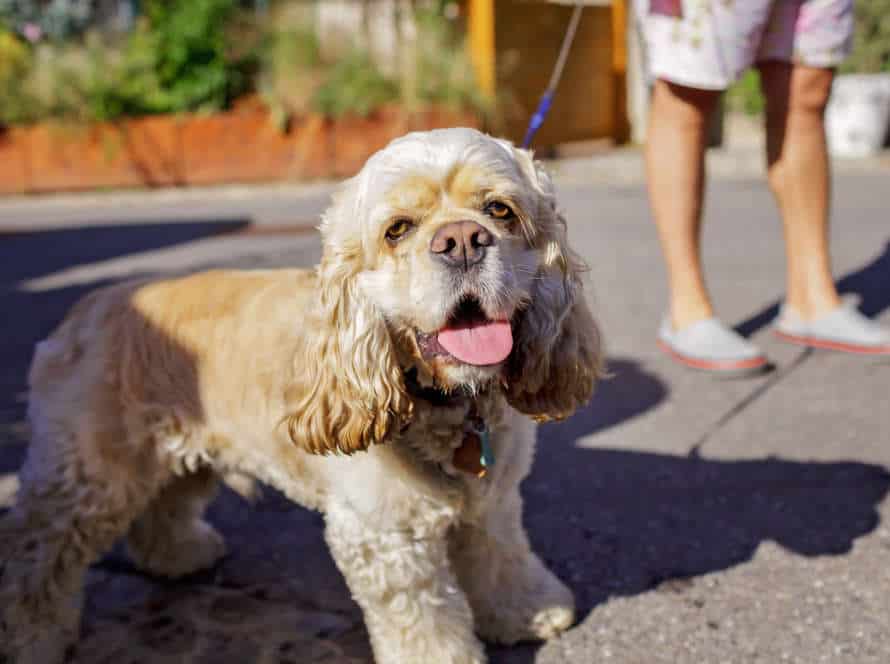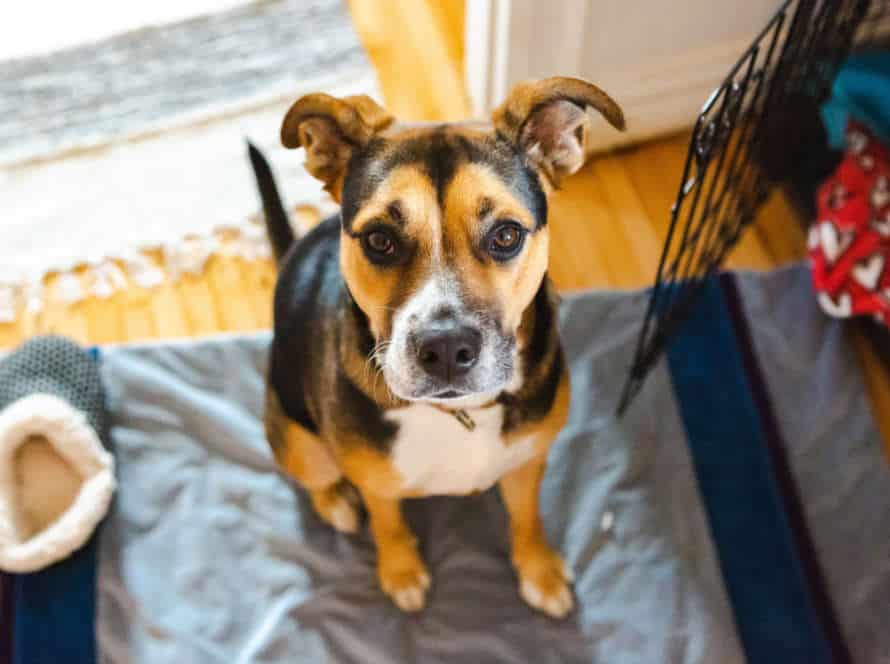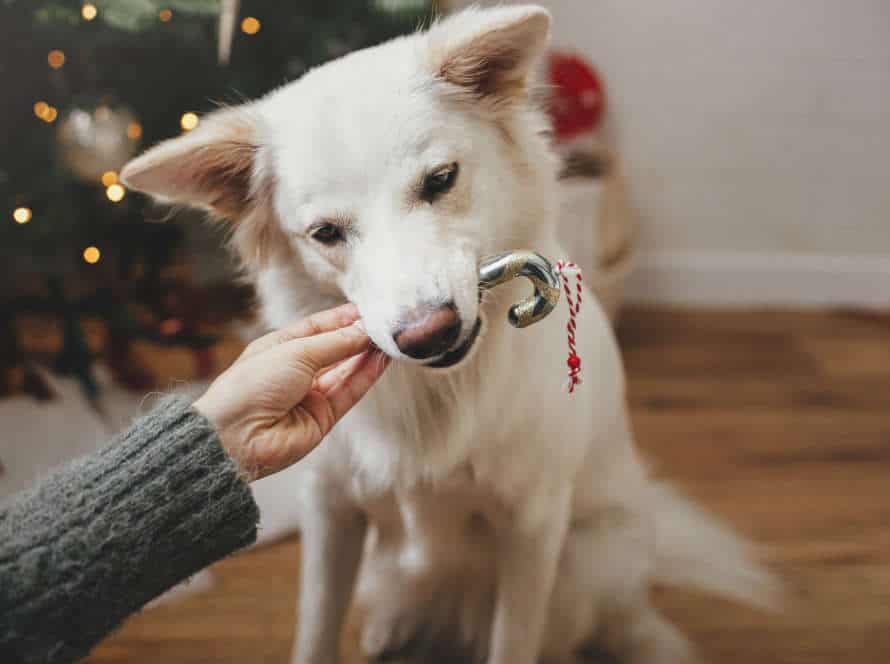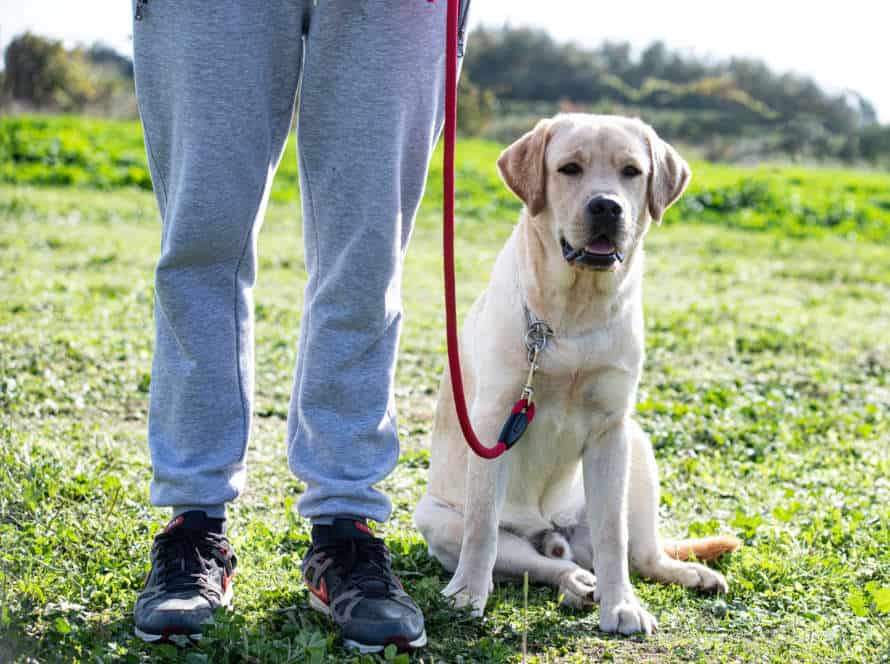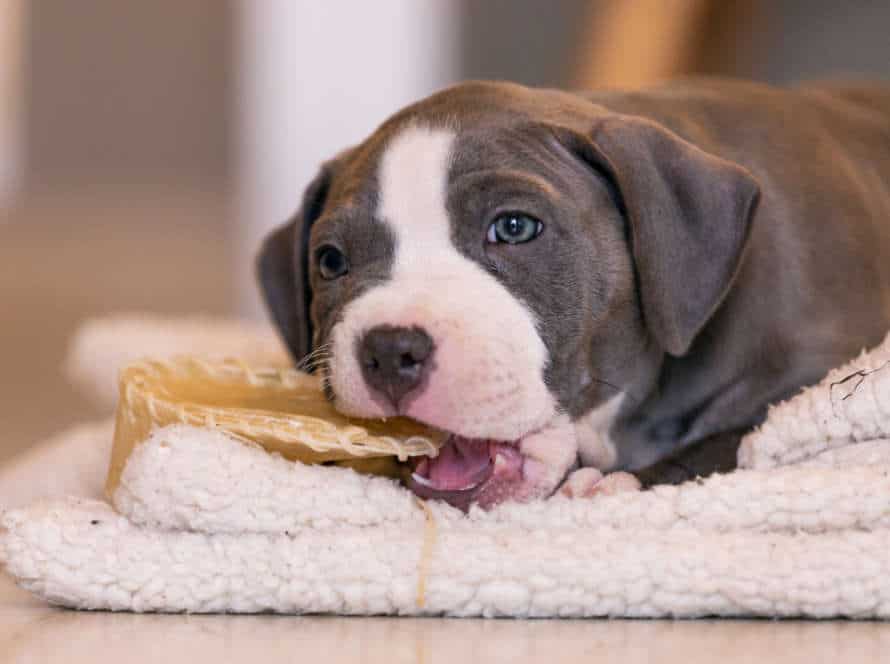Tips for Cleaning and Maintaining Your Puppy’s Chew Toys
It’s key to clean and manage your pup’s chew toys to keep them healthy. Here are some tips:
- Wash plastic toys using warm, soapy water. Don’t use harsh chemicals or soaps that can be bad for your puppy.
- Put rubber toys in warm water with a little dish soap or pet-safe cleaner. Then rinse.
- Get a toothbrush to scrub hard-to-reach places and grooves to remove dirt and bacteria buildup.
- Machine wash fabric toys on a gentle cycle with mild detergent. Air dry to stop shrinking or damage.
- Throw away toys with wear and tear, like pieces or missing parts that can be choking hazards.
Cleaning and looking after your pup’s chew toys often makes them last longer and keeps your pup happy and safe.
Why it’s important to clean your puppy’s chew toys
It is essential to keep your pup’s chew toys clean and in good condition. If not, bacteria can build up, which is bad for their health. Worn down or broken toys can be hazardous and can be ingested, which can cause injury. Here we discuss why it is important to keep chew toys clean, and how to do it correctly.
Reduce the risk of illness
It’s essential to clean and maintain your puppy’s chew toys, to reduce the risk of illness and keep them healthy. Here’s why, and some tips.
Chewing is natural for puppies and their toys can end up in their mouths. Dirt and bacteria on these toys can make them sick. So, cleaning them regularly is key.
Check the manufacturer instructions for specifics on cleaning. Soft toys can be scrubbed with hot soapy water and a brush. Non-porous ones (rubber/plastic) can be washed with hot soapy water or put in the dishwasher. Pet-friendly disinfectants can kill bacteria safely.
Keep an eye on the toys’ condition and replace them when they show signs of wear. That way, your puppy can stay safe and happy.
Pro tip: Regularly buy new toys and avoid sharing them with other pets in the house.
Avoid unpleasant odors
Maintaining your pup’s chew toys is essential for avoiding bad odors and taking care of your furry companion. Not only do chew toys help with teething pain, but they also encourage healthy chewing and ease anxiety. Here are some tips on keeping your pup’s chew toys clean and safe:
- Clean ’em up regularly with some mild soap and water. Rinse off, then let ’em air dry.
- Disinfect the toys every week. Soak ’em in a mix of water and vinegar for 5-10 minutes, then rinse ’em again.
- If the toys break or get damaged, replace ’em right away so your pup won’t swallow any small parts that could lead to choking or intestinal blockage.
- Store the toys in a clean, dry spot to avoid bacteria growth and nasty smells.
Bonus tip: Rotate several chew toys for your pup to prevent boredom and promote healthy chewing.
Prolong the life of the toy
Cleaning your pup’s chew toys is vital. Not only for hygiene, but to prolong their life and save money in the end. Here are tips for cleaning and maintaining them:
- Rubber and nylon toys: Clean with warm water and soap. Use a toothbrush or small brush for stubborn stains. Rinse and air dry.
- Stuffed toys: Handwash with mild detergent and warm water. Remove any loose pieces. Rinse and air dry.
- Rope toys: Pop in a laundry bag or pillowcase and machine wash on a gentle cycle. Use mild detergent. Air dry.
Remember to inspect regularly for wear and tear. Replace if needed to avoid choking hazards.
Materials used in chew toys
Choosing the right chew toy for your pup can be tricky. What material should you pick? Rubber, cotton, plastic – the options are endless. Let’s explore those materials and what you should think about when shopping. Benefits of each type should be taken into account. So, what are you waiting for? Go get your pup that chew toy!
Rubber toys
Rubber toys make great pup playthings. Durability and chew-resistance are key factors when choosing. Look for:
- Natural rubber made from rubber tree sap; biodegradable and non-toxic.
- Rubber compounds with a mix of natural and synthetic rubber or plasticizers; more durable than natural rubber.
- Latex; a natural rubber, stretchy and soft, but not as durable.
For cleaning and maintenance: Clean regularly with mild soap and water, rinse well. Avoid harsh chemicals and high heat. Replace worn or torn toys to avoid choking hazards.
Nylon toys
Nylon is a popular material used in chew toys for puppies. It can withstand wear and tear from aggressive chewers.
To keep your pup’s nylon toys in good condition, here are some tips to follow:
- Cleaning – Use warm water and soap, vinegar and water solution or pet-safe cleaners. Scrub with a brush or sponge.
- Sanitizing – Soak the toys in a one-part vinegar to one-part water solution, or one-part bleach to ten-parts water. Rinse well afterwards.
- Inspection – Check the toys regularly for any damage, like cracks or breaks. Dispose of them if you find any to prevent choking hazards.
By following these tips, you can make sure your puppy’s toys stay safe and enjoyable.
Pro tip: Keeping the toys clean can save you money in the long run by increasing their life.
Plush toys
Plush toys are perfect for furry friends to chew on. The materials used in these toys include: cotton, fleece and polyester. Here are some tips for cleaning and maintaining them:
- Check the manufacturer’s instructions before washing.
- Use mild soap and warm water to hand wash or gentle cycle in the washing machine.
- Air-dry the toy properly. Don’t use heat.
- Inspect the toy regularly for signs of wear and tear. Discard if damaged.
By taking care of your pup’s plush toys, you can keep them safe and make their favorite chew toys last even longer.
Cleaning chew toys
It’s essential to keep your puppy’s chew toys clean. Though it may seem hard, it’s actually easy if done regularly. This article will give you the best ways to keep your pup’s toys clean. From washing methods to preventive care advice, you’ll get the complete guide for cleaning and caring for your pup’s chew toys.
Hand-washing with soap and water
Wash your pup’s chew toys for optimal hygiene and lasting use.
- Firstly, read the label of the toy before buying. It may give instructions on how to clean the toy.
- Secondly, choose the right cleaning method based on the material of the toy. For example, hard plastic toys can be washed in hot soapy water, and fabric toys can be washed in a washing machine.
- Thirdly, clean the toys at least once a week, or more often if they are dirty or used often.
- Fourthly, sanitize them in a water and bleach solution for 5-10 minutes before rinsing and air-drying.
- Finally, keep an eye on your pup during playtime and inspect their toys regularly for wear or damage.
Using a dishwasher
Using a dishwasher is a great and easy way to clean your pup’s chew toys. Here’s how:
- Take out any large pieces of dirt or debris from the chew toys.
- Put the toys in the top rack, making sure to leave some room.
- Add your normal dishwasher detergent and turn on the hottest setting.
- Once it’s done, take out the chew toys and let them air dry.
Pro Tip: To protect smaller toys from getting lost or broken, put them in a mesh bag before loading them into the dishwasher.
Sanitizing with vinegar or bleach
Sanitizing your pup’s chew toys is essential for keeping them healthy. Vinegar or bleach can achieve this. Here’s how to use each:
Vinegar: Mix equal parts of white vinegar and water. Soak the toys for 10-15 minutes. Then rinse and dry. Vinegar disinfects and removes odors.
Bleach: Mix 1 tablespoon of bleach per gallon of water. Soak toys for 5-10 minutes. Rinse and dry. Bleach kills bacteria, viruses and removes tough stains. But, use the correct proportions and rinse thoroughly.
Pro Tip: Check the manufacturer’s instructions for cleaning and maintenance of the toys. Some may require special care.
Drying the toys
Dryness is vital when tending to pup’s chew toys. After washing them with soap and warm water, the next step is drying. Fortunately, there are few simple ways to guarantee that pup’s chew toys are dry before storing them. Let’s explore these tips now!
Air-drying
Air-drying is the way to go for sanitizing pup chew toys after cleaning. Leave the toys in a ventilated area for a few hours to let the moisture evaporate. Here are some tips:
- Shake off or pat dry with a clean towel after washing.
- Put toys in a shady spot, away from sunlight.
- Keep toys away from surfaces and other toys to avoid mold.
- Flip them over every few hours.
- Check they’re totally dry before giving back to pup.
Pro Tip: Use a fan or find a warm spot in the house to speed up drying. Avoid using a dryer – heat can damage the toys.
Machine-drying
Machine drying chew toys is not a good idea, as it can cause damage and even be risky for your pet.
Here are some tips to clean and care for your puppy’s chew toys:
- Wash by hand with warm water and mild soap. Make sure to rinse properly and remove any soap.
- Sanitize by soaking in one-part vinegar and one-part water for 5-10 minutes.
- Let the toys air dry totally before giving them to your pet.
- Swap out your pup’s toys often to keep them interested in playtime.
Keeping a clean and safe habitat for your pet includes keeping their toys clean and cared for.
Pro tip: For tough stains or odors, use a pet-safe enzymatic cleaner or baking soda to clean and deodorize.
Towel-drying
To ensure your puppy’s toys stay hygienic and well-maintained, towel-drying them is essential. Here’s how to do it:
- After washing the toys with soap and water, rinse them thoroughly.
- Use a clean towel to take off excess water.
- Be sure to get into all the nooks and crannies.
- For plush toys, press out as much water as you can and then blot the toy with a dry towel.
- Let the toys air-dry before giving them back to your pup.
Towel-drying your puppy’s toys prevents mold and bacteria, plus it extends the toys’ life by preventing rust and corrosion.
Storing the toys
Essential for pup health and safety? Keep toys clean! Store them right to reduce dirt and grime. Here’s some tips for storing chew toys. Keep them in good condition!
Separating toys according to their type
Organize your pup’s toys by type for easier identification and to know which need cleaning or replacing. There are three kinds:
- Plush Toys: Soft and cuddly items they can chew and fetch. Clean with mild soap and cold water only. Hot water and dryers can ruin the material.
- Chew Toys: Hard items that withstand heavy chewing and help with healthy teeth and gums. Rubber, nylon, and hard plastic. Inspect regularly and replace when needed.
- Interactive Toys: Puzzles, fetch, and rope toys that need your involvement for play. Clean regularly with mild soap and water to get rid of dirt and bacteria.
Pro Tip: Put toys in a bin or basket – close and convenient.
Ensuring toys are completely dry before storing
Proper storage of your pup’s playthings is a must to guarantee their life span. It all begins with ensuring the toys are spotless and completely dry before you store them. Here’s how to clean and keep your pup’s chew toys:
- Clean them regularly with mild soap & water or a pet-safe cleaner.
- Rinse the toys nicely and let them air-dry completely before you store them.
- Avoid storing wet or damp toys, as it can lead to mold and bacteria growth, thus causing the toys to wear out faster.
- Pick a storage container that is dry, clean, and away from direct sunlight.
Remember, a dry and clean toy is not only more durable but also safer for your four-legged friend to enjoy.
Keeping toys in a clean, dry location
Store your pup’s toys in a spot that’s dry and well-ventilated. Make sure it’s away from other items, off the floor, and out of direct sunlight. Clean the container you’re storing them in with mild soap and hot water to stop bacteria.
Once a while, clean and maintain your pup’s chew toys. Wash them with warm soapy water or a pet-safe disinfectant. After cleaning, make sure to rinse and dry the toys. Chuck any toys that are broken or falling apart. They can be a danger for your pup.
It’s essential for your pup’s physical and mental health that you clean and keep their toys. A regular cleaning routine will ensure they have safe toys to play with.
Frequently Asked Questions
Q: How frequently should I clean my puppy’s chew toys?
A: It is recommended to clean your puppy’s chew toys at least once a week to prevent the buildup of harmful bacteria and germs.
Q: What is the best way to clean my puppy’s chew toys?
A: The most effective way to clean your puppy’s chew toys is to soak them in a mixture of warm water and mild dish soap for at least 10-15 minutes. Rinse thoroughly and let them air dry before giving them back to your pup.
Q: Can I clean my puppy’s chew toys in the dishwasher?
A: It depends on the type of chew toy. Some hard plastic toys and rubber toys are dishwasher safe, but it’s always best to check the manufacturer’s instructions before putting them in the dishwasher.
Q: Is it safe to clean my puppy’s chew toys with bleach?
A: It’s not recommended to clean your puppy’s chew toys with bleach as it can be harmful to your pup if ingested. Stick to using mild dish soap and warm water instead.
Q: How do I know when it’s time to replace my puppy’s chew toys?
A: If your puppy’s chew toy is noticeably worn down, has small pieces missing, or is no longer able to withstand your pup’s chewing, it’s time to replace it to prevent your pup from accidentally ingesting any harmful pieces.
Q: What is the best way to store my puppy’s chew toys?
A: It’s best to store your puppy’s chew toys in a clean, dry place where they won’t accumulate dirt or dust. You can also use a toy basket or bin to keep them organized and easily accessible for your pup.

